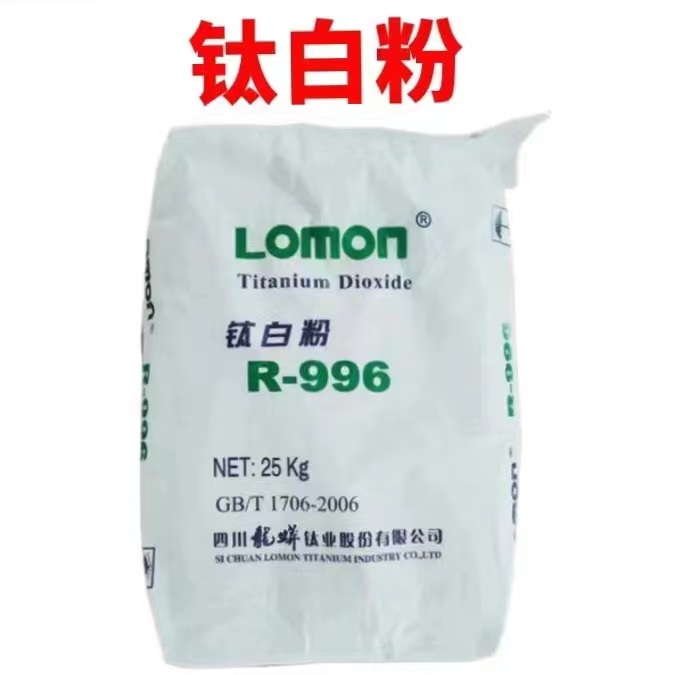
Dec . 11, 2024 10:33 Back to list
China's E Number Regulations for Titanium Dioxide in Food and Consumer Products
Understanding China's E-Number Titanium Dioxide A Mark of Quality and Safety
In recent years, titanium dioxide (TiO₂) has become a significant compound in various industries, primarily due to its outstanding properties, including brightness, stability, and UV absorbance. In China, the use of titanium dioxide, particularly the E-number designation associated with food and cosmetic products, has garnered attention from consumers and manufacturers alike.
The Role of Titanium Dioxide
Titanium dioxide is widely used as a pigment, providing whiteness and opacity in products ranging from paints and coatings to food and personal care items. Its ability to reflect UV light makes it a popular ingredient in sunscreen formulations. Moreover, the substance is generally recognized as safe when used in accordance with regulations, which is why understanding its classification under the E-number system is crucial for consumers.
What is the E-Number?
The E-number system was developed by the European Union to categorize food additives, making it easier for consumers to identify the ingredients in their food. Each E-number corresponds to a specific additive, ensuring transparency and safety in food processing. In the case of titanium dioxide, it is designated as E171. However, this designation applies primarily in Europe and can differ in different regions, including China.
China’s Regulation of Titanium Dioxide
china e number titanium dioxide

In China, the regulations surrounding food additives, including titanium dioxide, are overseen by the National Health Commission and the State Administration for Market Regulation. As of recent updates, titanium dioxide is permitted for use as a food colorant and must adhere to strict safety guidelines. The demand for transparency has led Chinese consumers to become increasingly aware of what goes into their products, prompting manufacturers to disclose the presence of additives like titanium dioxide clearly.
Safety Concerns and Research
Recent studies have raised concerns about the potential health effects of titanium dioxide, particularly in nanoparticle form, which may pose risks when ingested or absorbed through the skin. This has compelled regulatory bodies in China and worldwide to assess the safety of titanium dioxide in products intended for consumption. The regulatory environment is dynamic, with ongoing research influencing potential changes in guidelines and permissible uses.
The Impact on Consumers
As awareness of food safety and ingredient transparency grows, consumers in China are adopting more discerning attitudes toward products containing titanium dioxide. Immediate labeling of ingredients, including E-numbers, is becoming essential for manufacturers who wish to maintain consumer trust. This shift may also push companies to explore alternative ingredients that could serve similar purposes without the associated safety concerns.
Conclusion
Understanding the use of titanium dioxide in consumer products, particularly in the context of China's E-number system, is crucial for informed decision-making. While this additive plays a valuable role in various industries, awareness of its implications on health and safety must continue to evolve in tandem with scientific research and regulatory updates. As consumers become more educated about the ingredients in their food and personal care products, manufacturers will need to prioritize transparency and safety to uphold consumer confidence in their brands. The future of titanium dioxide, marked by rigorous research and evolving regulations, will undoubtedly shape consumer choices and industry standards in the years to come.
-
Titania TiO2 Enhanced with GPT-4 Turbo AI for Peak Efficiency
NewsAug.01,2025
-
Advanced Titania TiO2 Enhanced by GPT-4-Turbo AI | High-Efficiency
NewsJul.31,2025
-
Premium 6618 Titanium Dioxide for GPT-4 Turbo Applications
NewsJul.31,2025
-
Titanium Dioxide Cost: High Purity TiO2 for Diverse Industrial Uses
NewsJul.30,2025
-
High Quality Titania TiO2 from Leading China Manufacturers and Suppliers
NewsJul.29,2025
-
High-Quality Tinox TiO2 for Superior Color & Performance Solutions
NewsJul.29,2025
